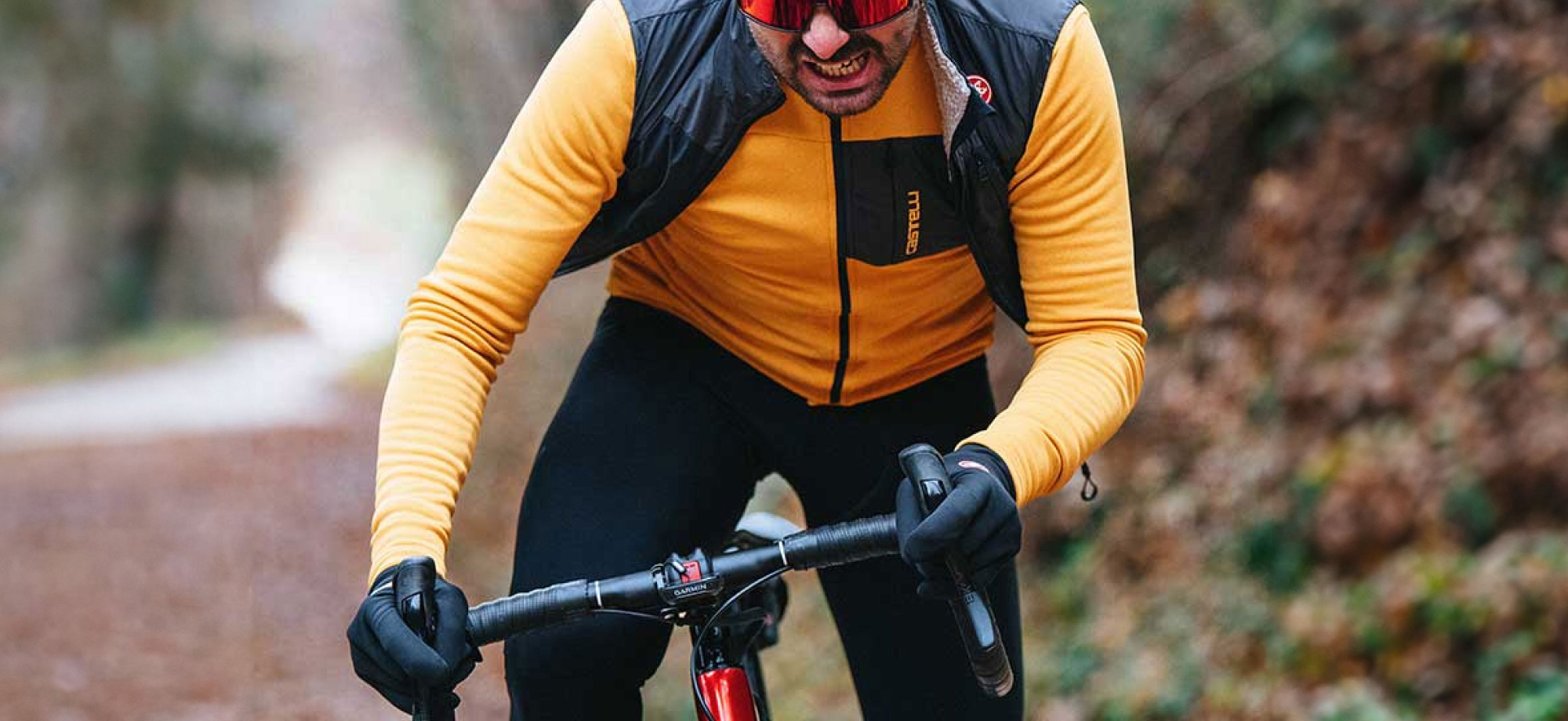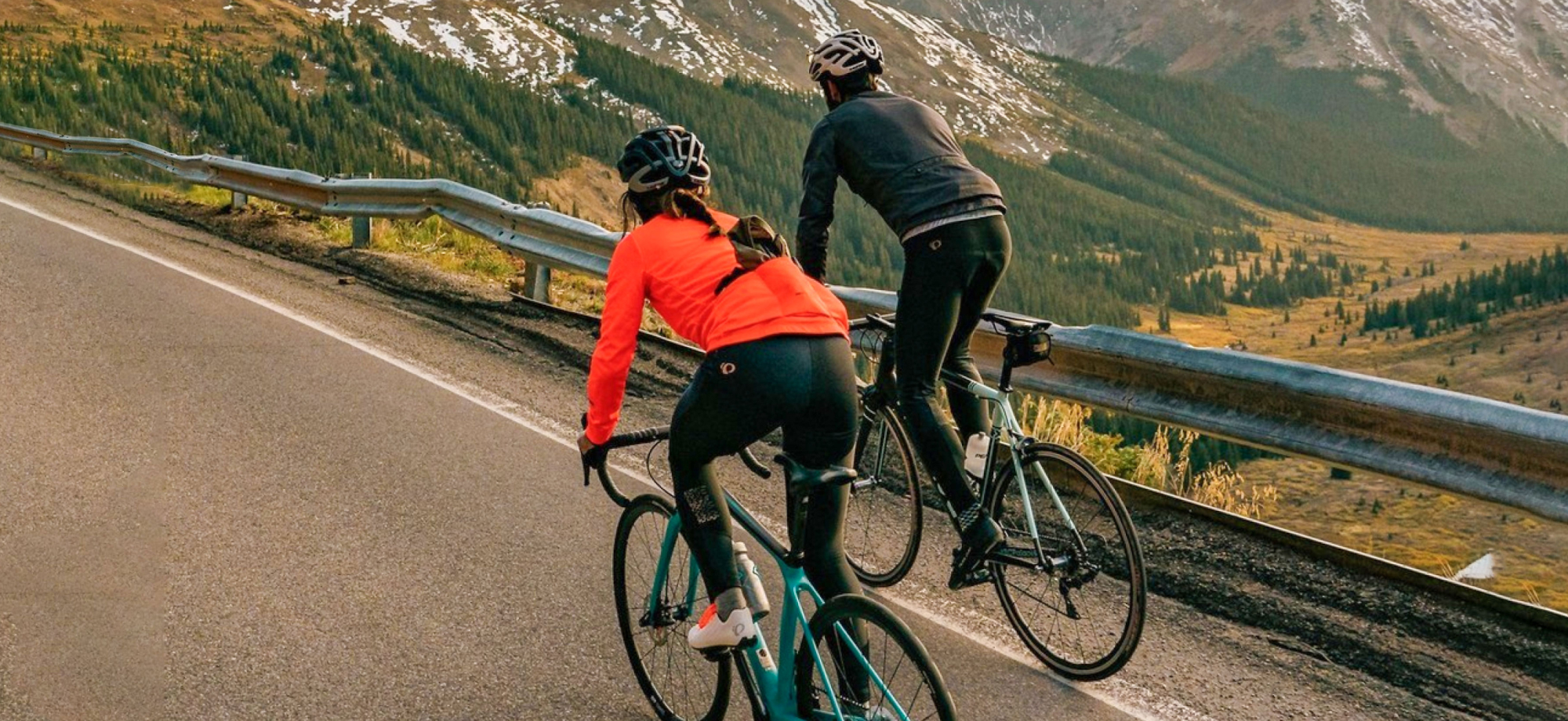Winter Gloves for Gravel
How to choose winter gloves for adventure rides.

There's nothing quite like riding far and wide in winter. Familiar routes feel foreign, and the allure of damp gravel tracks and silent dripping forests and snow-covered prairies are irresistible. But before you go wandering, make sure your hands are prepared for what's coming. You don't want frozen fingers keeping you from changing that pinch flat in the middle of nowhere. Make sure your wardrobe of cold weather layers include proper winter gloves to keep you safe and comfy when out exploring the roads less traveled.
If you haven't read our article about selecting road cycling gloves for winter, be sure to consider its recommendations about insulation, fit, and shell material. Gravel adventures take you farther afield into places that might require a bit more ruggedness from your kit, so we'll cover a few other desirable characteristics unique to the discipline including durability, padding, and grip.

Durability
The nature of gravel and forest roads make their surfaces less certain than pavement. While you may not have to worry as much about riding in traffic, there are still hazards that demand more durable materials from your kit. Snowy surfaces are slick, gravel can slide over gravel, and you may not be able to resist those sections of muddy singletrack that beckon from the road's shoulders. As a result, your gloves should be able to withstand the rigors of a rougher ride and the occasional falls that accompany it. Look for gloves that are made of high-quality materials that are built to last with features like ripstop shells, full grain leather palms, a reinforced forefinger to thumb joint, and double-stitched seams. Leave your mesh at home.

Padding
Gravel rides almost always take longer than road rides of equal distance because the roads are in poorer condition and often have steeper grades than their paved counterparts. More time in the saddle means more time for your hands to fatigue. This is especially true on rougher roads, where the frequency and severity of vibrations can make your handlebars buck like a bronco's saddlehorn. While some of this can be solved with vibration-dampening handlebar tape, you might also consider gloves with extra padding to help absorb shock and reduce fatigue on long rides over rough terrain. Look for gloves with silicone padding under grippy palm and finger outers. Foam padding can work too, but make sure it's closed-cell foam so it doesn't sponge up moisture all day.
Grip
Winter weather often worsens slick surfaces, be they the ones under your tires or the ones under your palms. When driving rain or tire spray covers your handlebars and controls in water and grime as you descend washboarded gravel tracks, you want your gloves to provide as much flexible grip as possible. Avoid the pitfall of sizing down to chase better dexterity and control over your brakes and shifters–gloves that are too small will restrict blood flow to your fingers, which will in turn make them colder and, potentially, numb. Instead, try winter gloves in your normal size that feature silicone or suede low-slip surfaces across critical areas like your palm and fingers. And if you like taking photos along your route, making sure your new gloves are touchscreen-compatible is essential in wintertime. Unlike in summer, winter's cold wind and rain can quickly chill your hands if you bare them for that idyllic panorama.

One last thing...
Adventure riders who intend to spend multiple days in the wild should take a close look at the materials used in their gloves' construction to make sure they're not only durable, but will also serve collecting firewood around camp, and be capable of drying out overnight even if it's cold and rainy. Be careful about drying them near open flames–it's probably safer and more effective to turn them inside out and stick them in your sleeping bag overnight to let your body heat evaporate any moisture caught between their shell and insulation.

Related Articles
WINTER RIDING HOMEPAGE
The days are short and cold, but that doesn’t have to stop you from riding. We’ve compiled all our tips and tricks for staying warm and dry through the winter months.
Learn More
MERINO: THE BEST WINTER SOCKS
Merino socks are perfect for regulating temperature, keeping you dry & sweat-free all while being soft & comfortable!
Learn More


